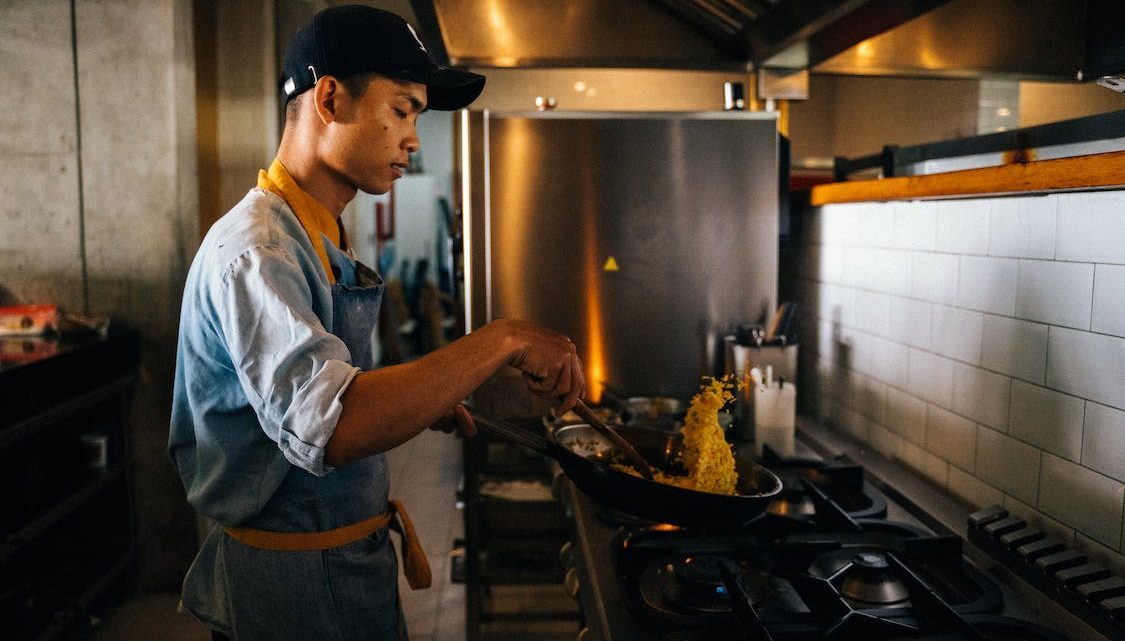
Cooking Without Flames, Not Without Risks: The Importance Of Fire Safety And Restoration Services
In the realm of culinary artistry, the absence of flames doesn’t necessarily imply the absence of risks. With the advent of modern kitchen gadgets and techniques, cooking without direct heat has become increasingly popular. From sous vide to raw food diets, the culinary landscape is evolving, but so too are the potential hazards.
In this blog post, we delve into the importance of fire safety even when flames are not in the picture and the critical role of fire restoration services in mitigating damage when accidents occur.
Understanding the Risks
Cooking without flames doesn’t mean cooking without risks. While traditional cooking methods often involve open flames or hot surfaces, alternative techniques introduce their own set of hazards.
In the event of a fire, the importance of fire restoration services cannot be overstated. These professionals possess the expertise and resources to mitigate damage, restore the affected area, and help individuals and businesses get back on their feet.
By prioritizing fire safety and being proactive in risk management, we can continue to explore the culinary world with creativity and confidence, knowing that we’re taking the necessary precautions to protect ourselves and our surroundings. Consider the following:
- Electrical Malfunctions: Appliances such as induction cooktops, microwaves, and electric pressure cookers rely on electricity, which can pose risks of short circuits, overloads, or malfunctions.
- Water Damage: Methods like sous vide involve cooking food in vacuum-sealed bags submerged in water at precise temperatures. Improper sealing or equipment failure can lead to water leaks and damage.
- Chemical Hazards: Certain cooking techniques may involve the use of chemicals or gases, such as liquid nitrogen in molecular gastronomy, which can be hazardous if mishandled.
- Food Safety Concerns: Without the heat of flames to kill bacteria, foodborne illness risks may increase with some non-traditional cooking methods.
- Carbon Monoxide Poisoning: While not directly related to flameless cooking, the use of gas-powered appliances in the kitchen poses a risk of carbon monoxide leaks if not properly ventilated.

Importance of Fire Safety Measures
Despite the absence of traditional flames, implementing fire safety measures remains crucial to prevent accidents and protect both property and lives.
Fire safety measures are paramount in any setting, whether it’s a residential, commercial, or industrial environment. Understanding the significance of fire safety measures can mean the difference between preventing disasters and facing catastrophic consequences.
Here’s why fire safety measures are of utmost importance:
- Prevention is key. Just because there are no open flames doesn’t mean there’s no risk of fire. Electrical malfunctions or overheating appliances can still spark fires if left unchecked. Regular maintenance and inspection of kitchen equipment are essential.
- Early Detection Saves Lives: Smoke detectors and fire alarms are just as important in flameless kitchens as in traditional ones. These devices provide early warnings of potential hazards, giving occupants valuable time to evacuate safely.
- Proper Ventilation: Adequate ventilation is critical, especially when using gas-powered appliances or techniques that generate steam or smoke. Proper airflow helps disperse gases and prevent the buildup of harmful substances like carbon monoxide.
- Safe Handling of Chemicals: For kitchens employing experimental or unconventional cooking methods involving chemicals, proper training and safety protocols are essential. This includes understanding the properties of each substance used and following manufacturer recommendations.
- Education and Training: Ensuring that everyone in the kitchen, from professional chefs to home cooks, understands fire safety protocols and knows how to respond in emergencies can help prevent accidents and minimize damage.

The Role of Fire Restoration Services
Despite the best efforts to prevent fires, accidents can still happen. In such unfortunate events, prompt action is crucial to mitigate damage and restore the affected area.
When a fire strikes, the aftermath can be overwhelming, leaving behind a trail of devastation and destruction. In such challenging times, fire restoration services play a critical role in helping individuals, businesses, and communities recover and rebuild.
Let’s explore the multifaceted role of fire restoration services:
- Immediate Response: The fire restoration company understands the urgency of the situation and is equipped to respond quickly. They assess the extent of the damage and develop a restoration plan.
- Damage Assessment: Fire can cause various types of damage, including structural damage, smoke damage, and water damage from firefighting efforts. Restoration experts conduct a thorough assessment to determine the full scope of the damage.
- Smoke and Odor Removal: Smoke and lingering odors can permeate surfaces and fabrics, making restoration challenging. Fire restoration services employ specialized techniques and equipment to eliminate smoke residues and odors effectively.
- Water Extraction and Drying: If water damage is present, swift action is necessary to extract standing water and thoroughly dry the affected area to prevent mold and further structural damage.
- Structural Repairs: Depending on the severity of the fire, structural repairs may be needed. Fire restoration professionals have the expertise to repair damaged walls, floors, ceilings, and other structural components.
- Content Restoration: In addition to structural repairs, fire restoration services may include the restoration of damaged belongings, such as furniture, appliances, and personal items.
Conclusion
While the allure of flameless cooking methods is undeniable, it’s essential to recognize that they come with their own set of risks. From electrical malfunctions to chemical hazards, the potential for accidents is ever-present. Implementing robust fire safety measures and being prepared to respond swiftly in emergencies are paramount.




